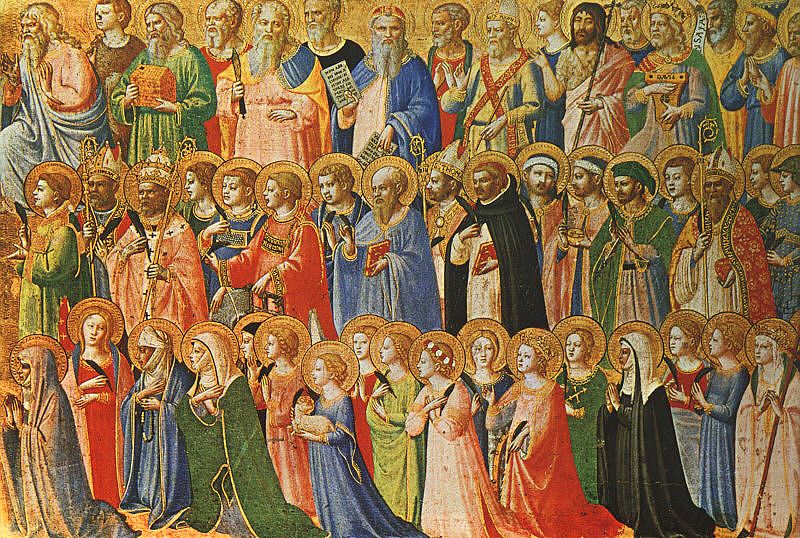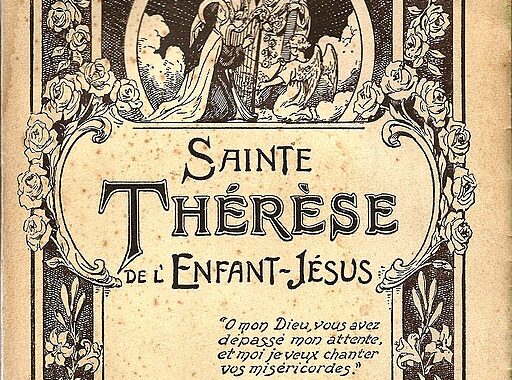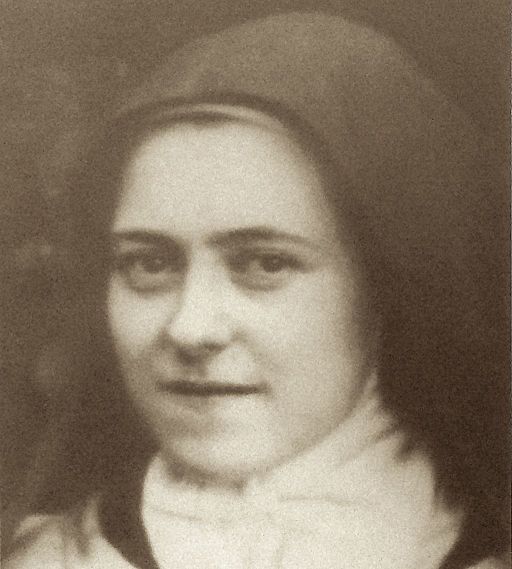
Anonymous; Unknown author, Public domain,
via Wikimedia Commons
Her life story as a young woman sounds so romantic it could be the plot-line for a Hollywood movie.
Saint Margaret of Scotland (c. 1045-1093) was the daughter of an exiled English king. When her father returned to England and then died, she and her mother tried to escape to the safety of Europe. But a storm forced the boat to land in Scotland, and the Scottish king, Malcolm III, gave them permission to stay in his kingdom.
Margaret had always been a devout girl, and she intended to become a nun. But as she spent her days in the Scottish court, her physical beauty and spiritual purity charmed Malcolm. He asked her to marry him, and she said yes.
But she wasn’t a Disney princess. She was a Catholic woman, so she didn’t abandon her duties to God in favor of her duties as queen. She prayed, served the poor, and financially supported the Church. She was a Catholic wife, so she gently helped her husband make wise decisions and live a more virtuous life. She was a Catholic mother, so she was personally involved in the education, particularly the religious education, of all eight of her children. As a Catholic queen, her leadership initiated a flowering of interest in the arts in Scotland, as well as interest in the Catholic faith. Her influence even led to a Church synod being held in Scotland to remedy problems specific to the country’s practice of the faith; that is, she “cleaned house” in the Catholic Church in Scotland, as well as in her own family.
In all of this, Saint Margaret was widely respected for her ability to lead others to greater holiness through her personal gentleness and through the beauty of the truth and the arts. May she help us to do the same with our own families today.
Saint Margaret of Scotland, help me and my family want to become saints.











